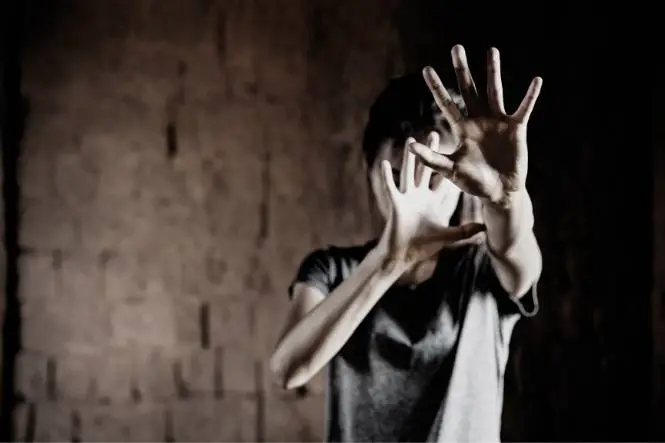Defensive wounds are more often than not to be found on the hands of an individual who has been attacked or involved in a fight. These wounds, which are normally to be found around the hands, fingers and arms of the victim – and indeed sometimes the attacker – can be examined in order to determine how much of a struggle the victim put up and how much of a frenzy the attacker was in.
Investigating Wounds
Many violent crimes tend to leave the victim’s hands and arms covered in these defensive wounds, which can be made by the blade of a knife, biting or scratching, and clawing perhaps at the ground in an attempt to get away.
These violent crimes often include rape, murder, assault and sometimes even robbery but for the most part assault, rape and murder are the most common crimes to have defensive wounds.
Defensive wounds – as we have said – are often to be found on the hands and arms and this is because the victim will be trying to protect their face and upper body from attack by the assailant. This attack will normally take place at night and in a darkly lit area and the assailant will normally be carrying some kind of weapon – in the case of sexually related crime this is often a knife.
Cuts to the hands and fingers are a sure fire way of determining that the victim tried to defend themselves and these cuts can be shallow or deep, long or short, and angled depending on how the assailant approached the victim.
These cuts will also appear to be frenzied as though there is no reasoning behind them and this is because – again in particular with a sexually motivated crime – the rush of adrenalin and excitement within the attacker is such that he will lash out without thinking and is simply trying to overpower his victim.
Of course these frenzied attacks are not as common as the world’s media would have us believe but they do happen and when they do they can be horrific.
The perpetrator will also sometimes find his or herself on the receiving end and will have to defend themselves from attack and just like the victim will try to protect their face and upper body – more over because the scratching of their face could leave vital DNA evidence in the form of skin fragments under the victim’s fingernails.
Again it is important to remember that although at first glance these wounds might seem like nothing more than a last ditch attempt to save oneself from an attack they are also important in the identification of a perpetrator should the attack be carried through to its conclusion.
A forensic pathologist will look for these signs of self defence and will record them pictorially and will measure them, calculate their depth and distance and will be able to construct a detailed analysis which will include the perpetrator’s height, possibly his or her weight, direction he or she attacked from and also what state of mind they was in at the time of the attack.
All of these factors are very important when it comes to building a profile of an attacker or serial rapist.


